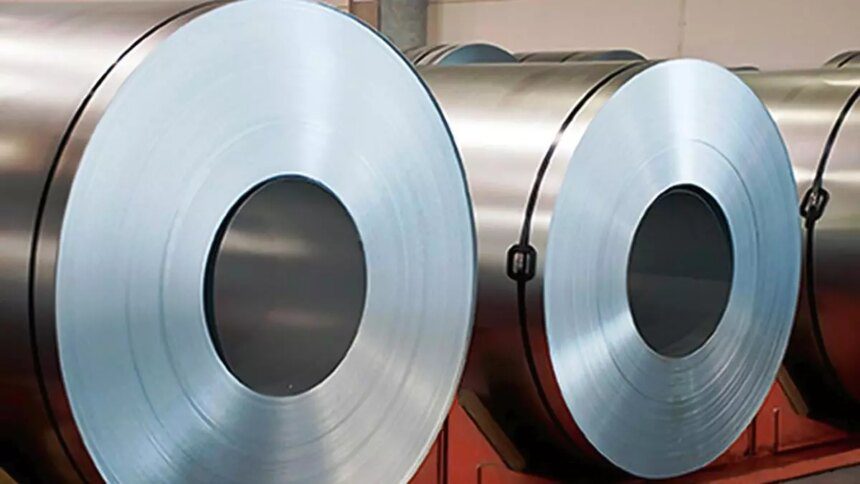Global tin prices are expected to continue rising in the coming months due to tight supplies and increased demand, analysts predict. According to Tom Langston, Senior Research Analyst at the International Tin Association (ITA), Indonesian exports are anticipated to decrease in January as a result of delays in export permits. Additionally, Chinese smelters are facing challenges with feedstock availability, leading to extended production breaks during the Spring Festival.
BMI reports that mining operations at Myanmar’s Man Maw mine, which is a significant source of tin supply for the country, have not yet resumed despite the lifting of bans on other mining operations. Indonesian tin exports have also been limited, with December 2024 exports down 21.6% year-on-year.
The outlook for tin prices remains bullish, with prices already showing a 3.5% increase in January. BMI maintains its annual average tin price forecast for 2025 at $32,000/tonne. Currently, the three-month contract for tin on the London Metal Exchange is trading at $30,450 per tonne.
Global tin stocks have been declining in recent months, particularly at the Shanghai Futures Exchange. Despite some uncertainty in the manufacturing sector in China, overall demand for tin is expected to remain strong. The semiconductor industry, which accounts for over half of refined tin consumption, is projected to continue growing, driven by increased global semiconductor sales.
Looking ahead, analysts anticipate that tin prices will continue to rise in the long term as demand remains robust and the market remains tight. Political tensions and uncertainties surrounding US tariffs are factors that could influence the outlook for base metal markets.
In conclusion, the global tin market is poised for further price increases due to supply constraints and growing demand, with a positive outlook for the industry in the coming months.










